
The Covid self-isolation period is expected to be cut from two weeks to 10 days after a row involving Prof Chris Whitty and Dominic Cummings, who had been pushing for a more drastic change, the Guardian understands.
The reduced quarantine time is to be made possible by increasing the use of rapid tests – for which the UK government has paid more than £500m, despite the fact that some are not designed to test people without symptoms.
It comes amid growing concerns about compliance, with only 11% of people abiding fully by the current two-week self-isolation rule, according to research by King’s College London in September.
Under the new proposals, people are expected to be allowed to stop self-isolating on the 10th day after coming into contact with an infected person, following a negative test, in the hope this will improve compliance. But if they test positive on that date, they will be asked to continue self-isolating for a further eight days.
The planned change is a compromise hammered out at No 10 after Whitty, England’s chief medical officer, rejected proposals instigated by Cummings, the prime minister’s most senior aide, for a more dramatic cut in the quarantine period, according to a source with knowledge of the discussions. Downing Street did not deny the claims.
According to the source, Whitty discovered on Tuesday last week that a press release had been drafted to use the rapid tests to halve self-isolation to seven days, with the eventual goal of scrapping the self-isolation period entirely by offering tests to people as soon as they are notified of a contact with an infected person.
Whitty is said to have been implacably opposed on public health grounds, arguing that the incubation period for the virus was too long to allow immediate testing and the rapid tests would fail to detect every infected person.
The proposal to test after eight days, with permission to leave the house on the 10th day, was “cooked up” as a compromise, to placate Cummings, the source said.
Separately, experts have expressed surprise at the size of the contract of £500m awarded to Innova, a California-based company owned by an equity house that has bought rights to a lateral flow test made in China by Xiamen Biotime Biotechnology.
The tests are being supplied in the UK by a little-known micro-company, Disruptive Nanotechnology, which is based in a house in Wellingborough, Northamptonshire. It is understood that Disruptive Nanotechnology helped Innova navigate the bureaucratic formalities to get an assessment from Public Health England’s labs at Porton Down.
The UK’s three devolved governments in Edinburgh, Cardiff and Stormont are being consulted on the new proposal and their agreement will be needed before the policy can be implemented. They are understood to be seriously considering it to increase compliance but have concerns about the test’s accuracy.
Play Video
5:58
Coronavirus tests: how they work and what they show
Lateral flow tests can give results within half an hour but detailed data on accuracy for the Innova test from the Porton Down evaluation has not been disclosed. They identify a protein on the surface of the virus, called an antigen, but they work better when there is a lot of virus in the nose swab sample and can miss low viral loads.
As the Guardian reported last week, Innova’s product has not been designed for mass testing, and its leaflet is open in saying it is for people who have symptoms rather than those who are asymptomatic. The devices, which look like a pregnancy test, are intended to be read by a healthcare professional.
The tests could lead to an end to quarantine for travellers, according to the transport secretary, Grant Shapps.
He told the Airport Operators Association conference that the developments should encourage more people to fly. Shapps said: “I want you to know that we’ve been making very good progress on a test-to-release programme to launch once we’re out of lockdown. This will consist of a single test for arrivals into the UK, provided by the private sector and at the cost of the passenger, allowing a much reduced period of self isolation.”
The lateral flow tests, which have been trialled in Liverpool, gave “hope for optimism”, he added: “Ultimately, it could open the way for non-quarantined air travel.”
There are also concerns that a self-isolation policy based on several different dates – involving testing after eight days, leaving self-isolation on the 10th day or accepting another eight days’ quarantine after a positive test — could be confusing for the public.
“Discussions are ongoing between the administrations about the self-isolation period. This is all based on evidence and data from Sage [the Scientific Advisory Group for Emergencies] whether or not reducing the self-isolation time from 14 days to, say, 10 days, whether that would allow greater compliance,” said one official.
Innova has been awarded two large contracts without tender, as is permitted in an emergency. The first was for £138m – said to be for 20m tests, nearly £7 each – and the second for £496m. The second contract lists extra justifications for the award.
The World Health Organization has recently approved two lateral flow tests, from SD Biosensor and Abbott. A global procurement process has secured 120m of the tests at $5 (£3.80) each, many of which will go to low-income countries. Germany, France and Switzerland are among the countries to have bought them. Because of this global buy-up, and also the purchase of 150m tests by the US, the contract says, there is high demand.
A No 10 spokesperson said: “Self-isolation is a vital tool in our fight to suppress the virus, so work is ongoing on options to increase the number of people doing so, including reviewing the self-isolation time period.”

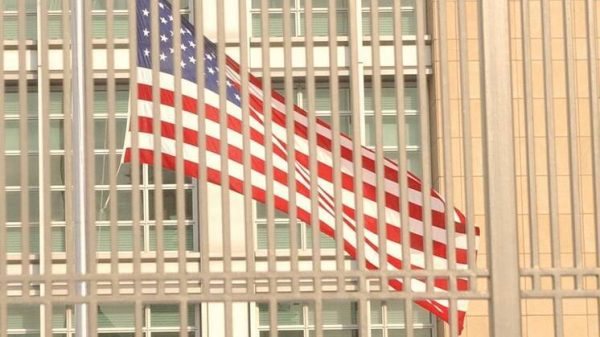
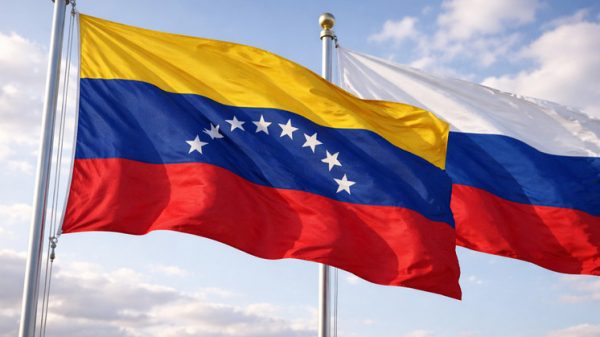

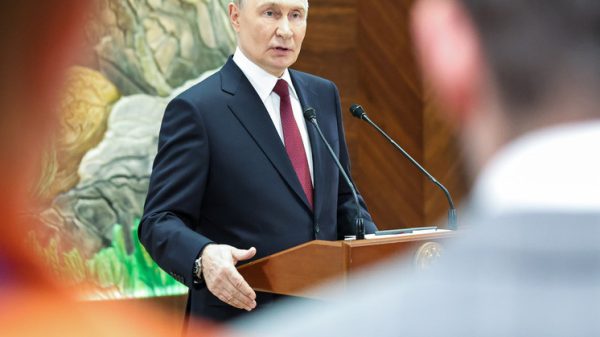
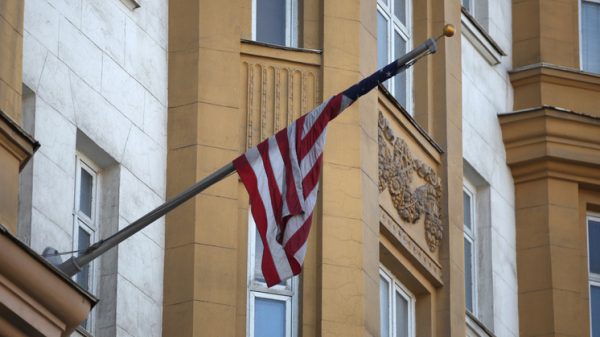



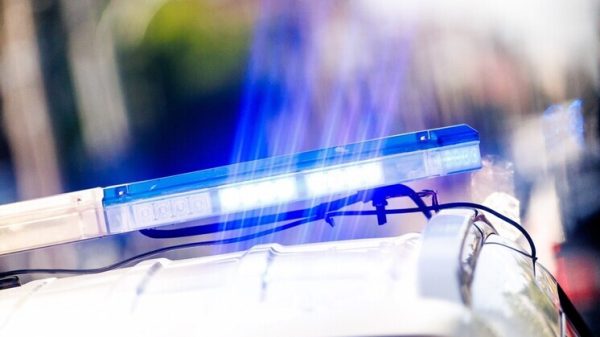
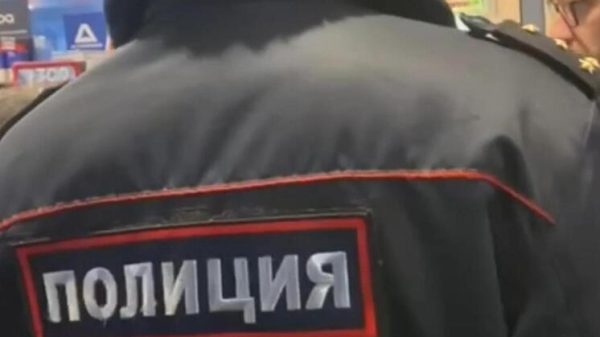







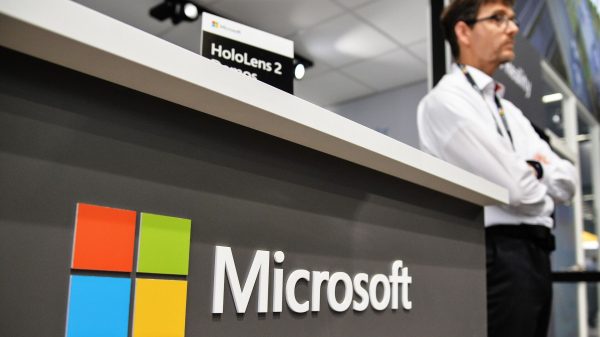

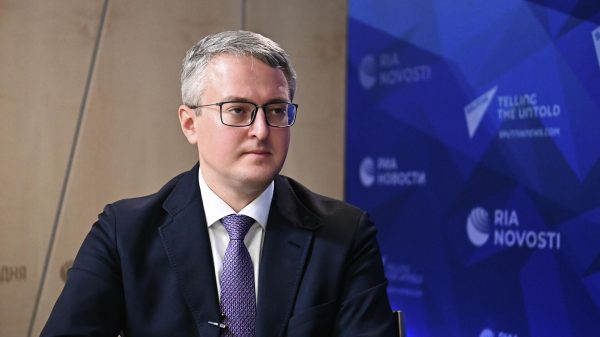




































Свежие комментарии